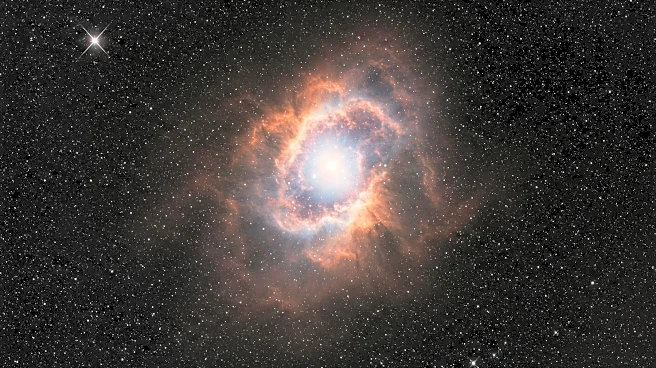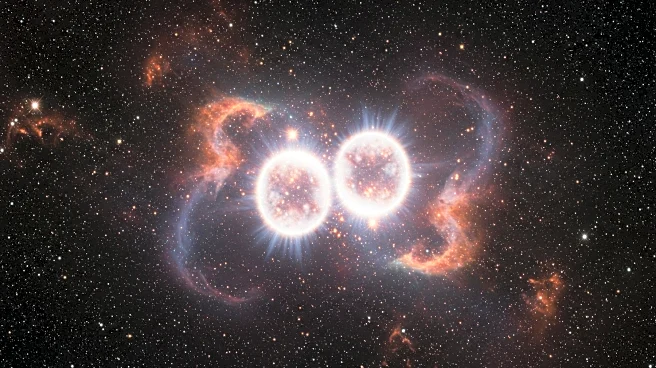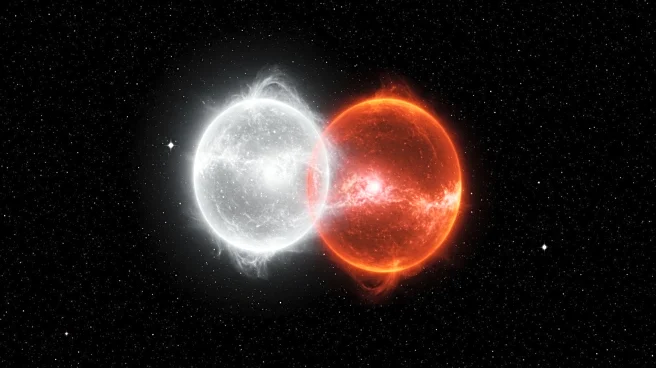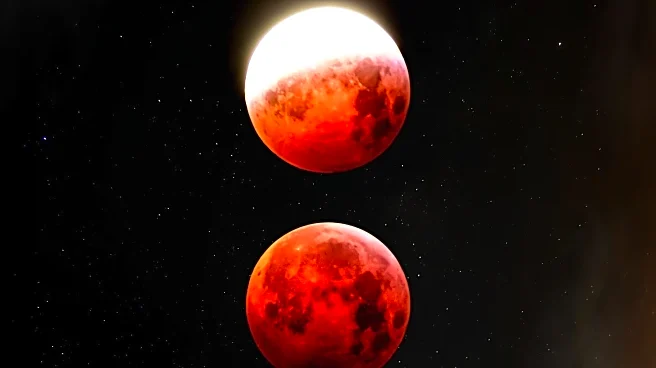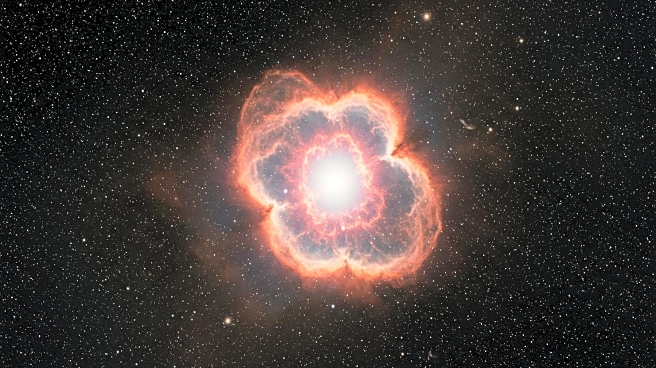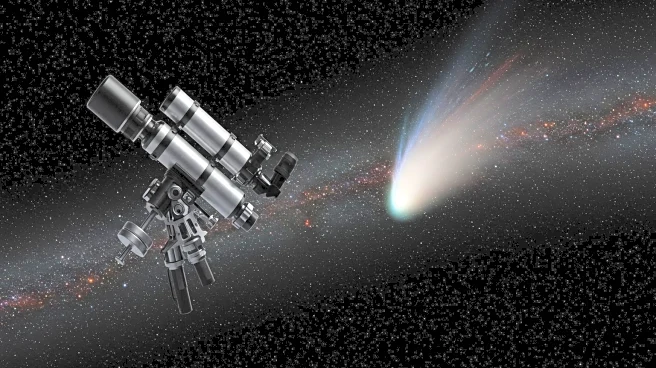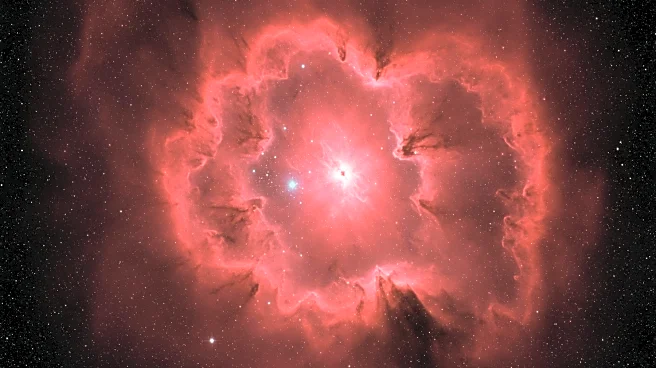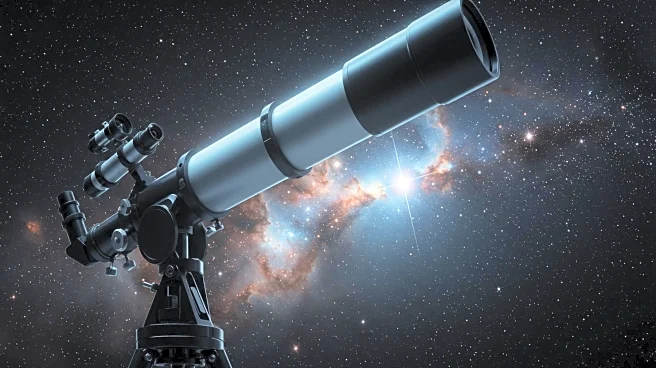Rapid Read • 7 min read
An international team of astronomers has discovered an ultra-massive white dwarf star formed from the merger of a white dwarf with another star, rather than through the evolution of a single star. This discovery was made possible by NASA's Hubble Space Telescope's sensitive ultraviolet observations. The white dwarf, named WD 0525+526, is located 128 light-years away and is 20% more massive than the Sun. Hubble's ultraviolet spectrum revealed carbon in the white dwarf's atmosphere, indicating a more violent origin than typical single-star evolution. This marks the first time a white dwarf born from colliding stars has been identified by its ultraviolet spectrum.
AD
The discovery of WD 0525+526 challenges previous assumptions about white dwarf formation and suggests that such rare mergers may be more common than previously thought. This finding provides new insights into the formation history of white dwarfs and the pathways to supernova explosions. The ability to detect carbon in the atmosphere of white dwarfs through ultraviolet spectroscopy opens up possibilities for identifying other merger remnants, potentially altering our understanding of stellar evolution and binary star systems.
Astronomers plan to extend their research to explore how common carbon white dwarfs are among similar white dwarfs and how many stellar mergers are hidden among the normal white dwarf family. This research could significantly contribute to understanding white dwarf binaries and the processes leading to supernova explosions. The team is excited to investigate other seemingly 'normal' white dwarfs that may actually be the result of cosmic collisions.
AD
More Stories You Might Enjoy
